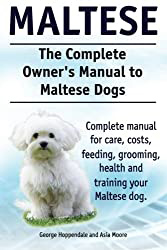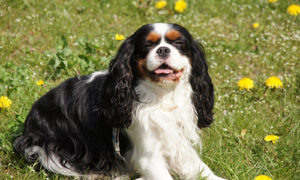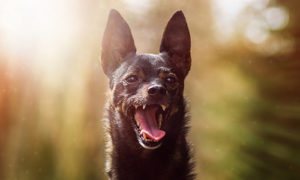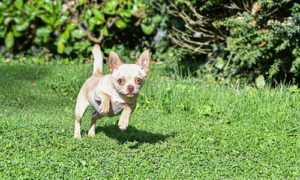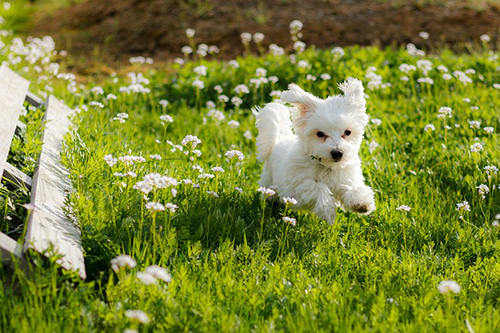
The Maltese is the oldest of the European toy breeds and probably the most ancient of all breeds. Malta is an island that was an early trading port Phoenician sailors visited by 1500 B.C. Ancient writings that date back as far as 300 B.C. mentions these dogs. Greek art portrays dogs of Maltese type from the 5th century on. Also, there is proof that tombs got erected to select Maltese dogs.
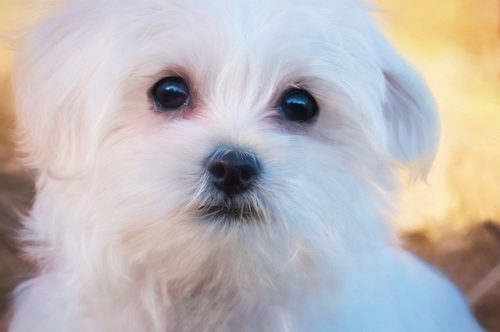
Though these dogs often got exported and distributed worldwide and the Orient, the core population that remained on Malta stayed mostly secluded from other dogs, which resulted in this distinguishing pure-breeding dog that bred true for hundreds of years.
Although the Maltese’s claim to fame is its long, silky, alluring white hair, early Maltese came in colors other than white. By the 14th century, the breed made its way to England, becoming popular with the upper-class. Admirers of the ensuing centuries continually referred to the dog’s minuscule size.

Unfortunately, these dogs were never commonplace; in fact, a painting from 1830 entitled “The Lion Dog from Malta–Last of His Race” may have suggested that the breed was in danger of going extinct. Thankfully, not long after, breed enthusiasts brought two Maltese to England from Manilla. They intended them to be a gift for Queen Victoria; however, they passed through other hands, and their offspring became the first exhibited in England.
Back then, they went by Maltese Terriers, although they carried no terrier ancestry or characteristics. In 1877, they showed the first Maltese in America as Lion Dogs. Some believe the name lion dog may have come from the habit of breed admirers, particularly those in the Orient cutting the dog’s hair to look like lions. Finally, AKC recognition came in 1888; quickly after, they grew in popularity, and now ranks as one of the most popular toy breeds.
Maltese Breed Facts

Temperament: This gentle dog fills the role of a lap dog admirably. However, they have a little wild side to them, and they love to run and play. For instance, do not let their innocent look fool you; they’re bold and feisty and may even challenge larger dogs. It is cautious with strangers. Also, keep in mind that some bark a lot.
Upkeep: This breed is a great apartment dog because you can satisfy exercise requirements with indoor games, a romp in the yard, or a short walk on a leash. Combing the coat every day or two is best. However, show coats are usually “wrapped” for protection. Unfortunately, the white coat can be difficult to keep clean in some areas. However, clipping is an option for easier care.
- POPULARITY: Very popular
- FAMILY: Barbichon
- ORIGIN: Malta
- DATE DEVELOPED: Ancient times
- PAST FUNCTION: Lapdog
- CURRENT FUNCTION: Companion, lapdog
- OTHER NAMES: Bichon Maltese, Maltese lion puppy
- LIFE EXPECTANCY: 12–14 years
- WEIGHT: Under 7 pounds, preferably 4–6 pounds
- HEIGHT: 9–10 inches
Color: White
Group: The Toy Group
Health Problems: Patellar luxation, open fontanel, hypoglycemia, hydrocephalus, distichiasis, hypothyroidism, portacaval shunt, deafness, shaker syndrome
Characteristics
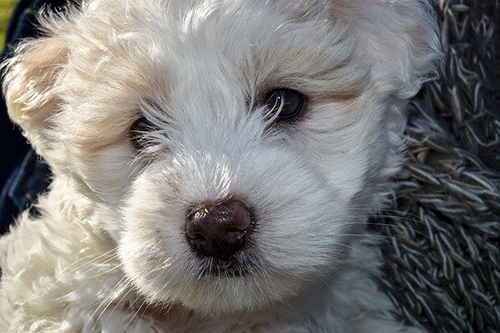
Although the Maltese is popular for its luxurious coat, its body structure, facial expression, and complete gait are essential components of the breed. This is a diminutive breed with a solid, square body, shielded all over with long, flat, silky, white hair that hangs almost to the ground.
The countenance is gentle yet attentive. In addition, it is an energetic dog, with a carefree, smooth, flowing gait. The sturdy Maltese seems to float over the ground when scampering.

